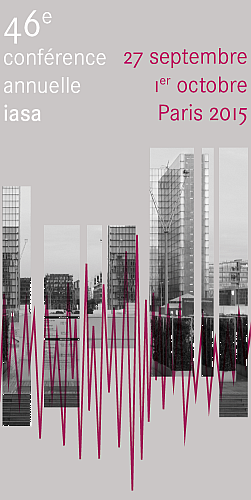The Österreichische Mediathek / Austrian Mediathek started in 2014 a scientific project to collect and preserve private video sources of the 80s and 90s. The private space is hardly documented in audiovisual archives. Here, a gap is opening between existing documents and preserved material: never before have been so many possibilities to depict cultural and social manifestations of life. Never before were the production possibilities of these sources so widely spread and so easy. Despite those possibilities key areas of our media past and present are hardly or not at all documented. If there is already a yawning gap in the 'official' record of radio and television broadcasting companies, which must not be underestimated, then the one in the private sphere is considerably larger.
Archives in general are under an obligation not only to a present public: they store past public spheres and preserve them for a future public, without knowing future audiences and their questions for the archive material. What does this mean for developing collection strategies?
What demands can an AV-archive realistically meet when public memory and its places become more and more fragmented? What can be done vis-à-vis a potentially supply of source material which has to be selected - hopefully on basis of solid selection criteria - as well as with the given challenges of conserving in times of fast growing data quantities and formats?
The aim of this project is therefore:
•the development of a collection strategy for AV-archives in the sector of private video sources (Which content-related selection criteria underlie the collection strategy? Which technical selection criteria underlie the collection strategy, regarding quality of the source material as well as possibilities concerning digitisation and long-term archiving?)
•the implementation of this strategy using the example of Vienna
•the reprocessing of the material with respect to archival science (evaluation, acquisition of metadata, digitisation, long-term archiving)
•to contribute to the methodology of audio-visual archiving
•the access to the material for further scientific research
The presentation will be a report on work in progress and present first results of this project.
Institution:
Österreichische Mediathek / Austrian Mediathek
Country:
AUSTRIA
Presentation type:
spoken paper
Date:
30 Sept Wednesday
Start time:
1 030
Venue:
Grand Auditorium
Abstract:

